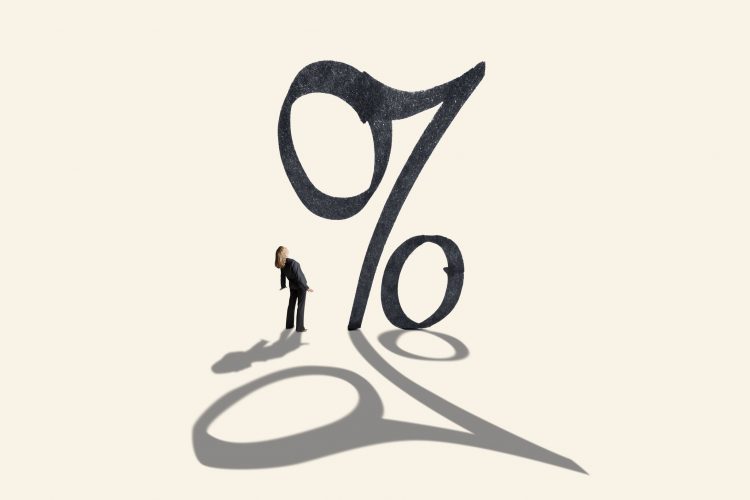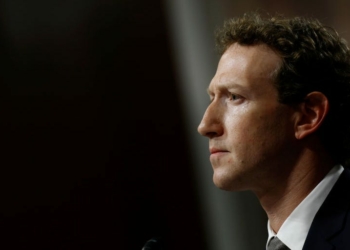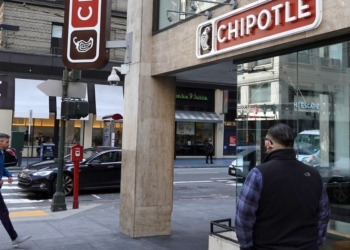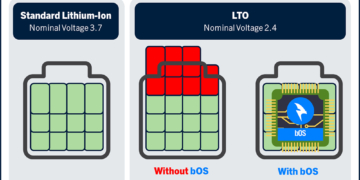
Prime Rate vs. Discount Rate: An Overview
The Federal Reserve Bank (the Fed) sets the discount rate. The prime interest rate—which The Wall Street Journal publishes—is set by the market (based on the federal funds rate) and plays an important role in determining the lending rates that many banks and other lenders charge for consumer loan products. As a local interest rate, prime can vary from bank to bank. Prime is a short-term rate, but not as short-term as the discount rate, which typically is an overnight lending rate.
The Fed sets and offers the discount rate to member banks and thrifts that need to borrow money in order to prevent their reserves from dipping below the legally required minimum. When banks within the U.S. banking system loan to each other, they use the discount rate. The discount rate is not usually publicized in a general publication; rather, it’s an internal figure.
Key Takeaways
- The discount rate is an internal (non-public) figure that financial institutions use when lending to each other.
- The Federal Reserve Bank sets discount rates and meets regularly to review and potentially change them.
- Banks base consumer loans—like mortgages and credit cards—on the prime rate, to which they generally add a margin.
- The prime rate is based on the federal funds rate, which is set by the Federal Reserve.
Prime Rate
Generally, the prime rate is reserved for banks’ most qualified customers—those who pose the least potential for default risk. Prime rates may not be available to individual borrowers as often as to large corporate entities. Because a bank’s best customers have little chance of defaulting, the bank can charge them a rate that is lower than the rate charged to a customer who has a higher probability of defaulting on a loan.
Prime as a Benchmark
As an index, prime is used as a benchmark for all types of consumer loans. When calculating consumer interest rates, commercial banks add a margin to the prime rate. Products such as home equity lines of credit (HELOCs), mortgages, student loans, and personal loans all have customized interest rates that take the borrower’s creditworthiness into consideration.
For example, if the prime rate is 2.75% and the bank adds a margin of 2.25% to a HELOC, then the interest rate for that loan is 5% (2.75% plus 2.25%).
Prime’s Effect on APRs
In particular, the prime rate will have a great impact on consumers whose mortgage or credit card loans have adjustable interest rates. For example, if your credit card has a variable annual percentage rate (APR) that changes with the prime rate, your rate will fluctuate along with the prime rate. If the prime rate goes up, variable APRs likely will, too.
By contrast, the discount rate is not an index, so banks use the set federal funds rate, without adding a margin, for loans that they make to each other.
Discount Rate
Depending on the context, the discount rate has two definitions and uses. First, the discount rate refers to the interest rate that the Federal Reserve offers to commercial banks and other financial institutions. Second, the discount rate refers to the interest rate used in discounted cash flow (DCF) analysis to determine the present value of future cash flows.
The Fed charges the discount rate to other banks and financial institutions for their short-term operating needs; they use the loaned capital to fund any shortfalls, prevent potential liquidity problems, or, in the worst-case scenario, avert a bank’s failure.
The Federal Reserve is responsible for monetary policy, such as adjusting the interest rate, while the government is responsible for fiscal policy, such as adjusting taxes.
Such loans are served by the 12 regional branches of the Fed, which grants this special lending facility for a short period of 90-days or less, known as the discount window. The discount rate is not a market rate, rather it is administered and set by the boards of the Federal Reserve Bank and is approved by its board of governors.
Special Considerations
The prime rate and the discount rate significantly affect the consumer loan and banking industries and drive the cost of borrowing. By adjusting interest rates, the Federal Reserve’s tight rein on the money supply helps to control inflation and avoid recessions.
For example, the Fed may decide to charge a higher discount rate to discourage banks from borrowing money, which would effectively reduce the amount of money available for consumer and business loans. Or the Fed may lower discount rates to encourage banks to offer more loans.
In general, the Fed will intervene to change rates when it needs to send a cash influx into the economy or to pull some money out of circulation. The Federal Open Market Committee (FOMC) meets at least eight times a year to review and possibly change these rates.
As a rule of thumb, the prime rate adjusts based on how the Fed moves the discount rate. When the discount rate goes up, the prime rate goes up as well. This produces higher mortgage interest rates, which can slow the demand for new loans and cool the housing market.
The opposite is also true. If the Fed lowers the discount rate, the prime rate will come down and mortgage interest rates may dip to more favorable levels, which could boost a slumping housing market. The two rates tend to correlate over time (but not as strongly as with the 10-year bond yield, because of its longer maturity).
Key Differences
Although the prime rate and discount rate have several similarities, they also have some key differences. It is important for businesses and consumers alike to understand how these two rates ultimately affect the interest they pay on interbank loans, mortgages, and credit cards.
- Prime is a benchmark for various other loans. As such, lenders add a margin to the prime rate to arrive at the rate for consumers.
- The discount rate is not an index, so for loans that they make to each other banks use the federal funds rate, without adding a margin.
- The prime rate is a short-term rate; but not as short as the discount rate, which is typically an overnight lending rate.
- The prime rate may vary from state to state and the average of banks’ prime rates is published in The Wall Street Journal.
- The discount rate is not publicized in a general publication. Rather, it’s an internal figure used in the U.S. banking system.
What Is the Difference Between the Fed Funds Rate and the Discount Rate?
The fed funds rate is the interest rate at which banks lend to one another. The discount rate is the rate at which the central bank lends to banks as a lender of last resort. The Federal Reserve sets both rates.
What Does the Prime Rate Mean?
The prime rate is the interest rate that banks charge their corporate customers that have the best credit profile. The federal funds rate is the starting point at which the prime rate is determined and the prime rate is the starting point for which other interest rates are set, such as the rates on mortgages.
Is the Base Rate the Same as the Prime Rate?
The prime rate is considered to be a base rate; it is the base rate in the United States, as most other interest rates are based on the prime rate. These include mortgage rates and personal loan rates.















